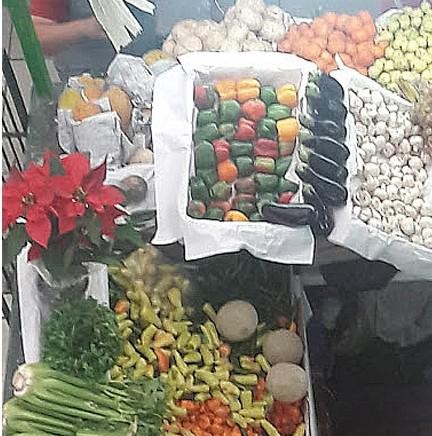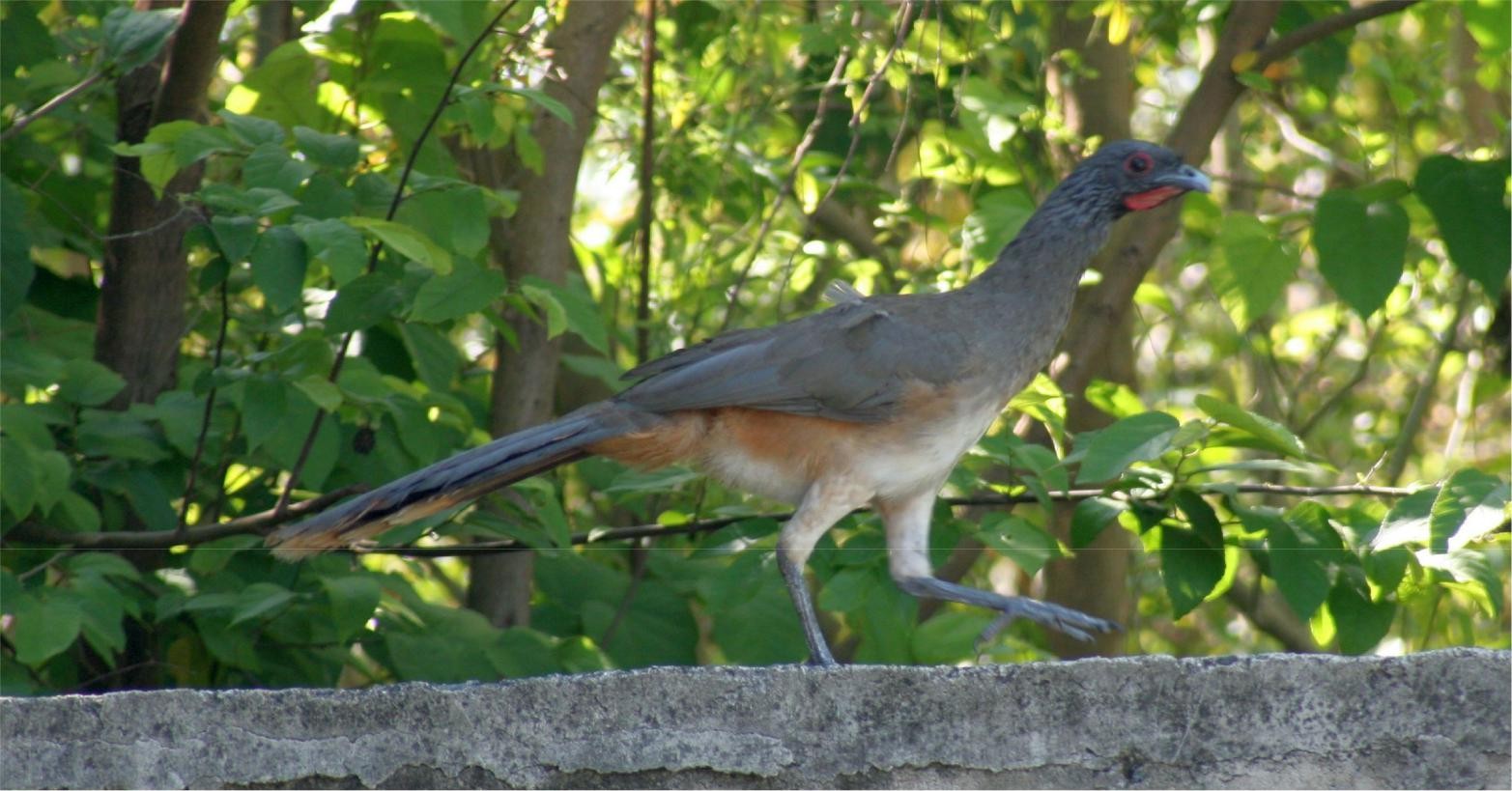By Terry Sovil from the January 2018 Edition
Honey is one thing that can do anything and is proudly made by bees. It is a one-ingredient recipe from Mother Nature. Our honey in the state of Colima is very good!
Dr. Ron Fessenden, M.D. says the average American eats 150 pounds (68 kg) of sugar and 62 pounds (28 kg) of high fruc-tose corn syrup A YEAR! But only 1.3 pounds (.59 kg) of honey. What you need in your diet is raw honey. Pure, unpasteurized and unfiltered. Not “commercial” honey which is processed, heated, filtered and loses its incredible nutritional value health powers.
Honey has been around in cultures all over the world for 2,500 years. Honiq in German. Miele in Italian. Shahad in Hindi. Miel in French and Spanish. Miel de abeja in Mexico specifically. There are very few parts of the world where honey is not used. It is nearly universal as an important food. It has been mentioned in various sacred texts in India, Egypt, Sumeria and Babylonian cuneiform writing as far back as 2100 BC and used as currency, tribute and offering, for food, beverages, furniture polish, varnish and medicine. In Mexico, the Maya of Yucatan have kept bees for thousands of years. Honey was critical in the culture and economy of the Maya.
Yucatán, Quintana Roo and Campeche are states that producer honey in Mexico. Mexico was the leading exporter of honey until about 30 years ago when China and Argentina surpassed these producers. Forty percent of all honey produced in the country comes from the Yucatán peninsula. Jalisco, Puebla, Oaxaca and Chiapas also produce significant amounts. Regional production has made for some distinctive Mexican honeys, such as the honey from Michoacán’s abundant avocado blossoms.
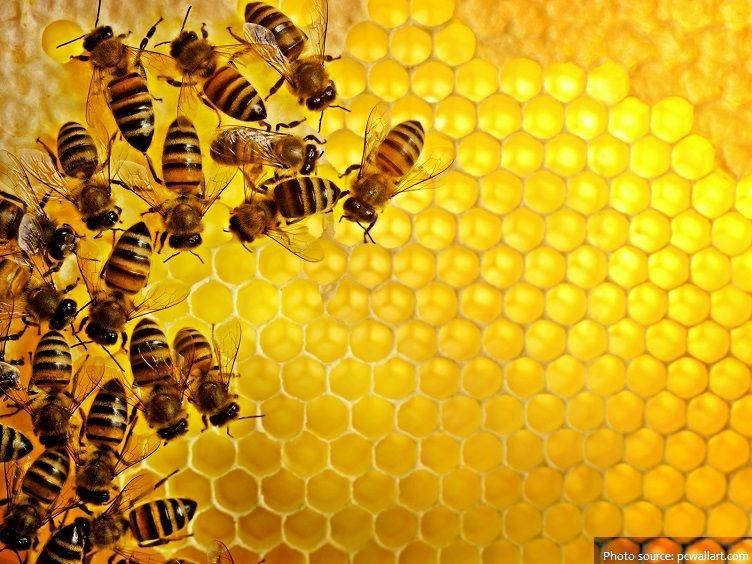
Here, in Colima, we have the Cosmos flower, a multipurpose bee flower. I saw a ranked list of 30 flowers with #1 being the Cosmos flower! This flower is easily raised from seed. Grow it in groups to make it easier for the collection of pollen. They grow 2-5 feet tall with most at about 2 feet. It is an annual flower with 25 species. Most garden centers will only carry the 3 most popular. The “Mexican Aster” is the most common. Plant them 9”- 24” (23cm – 60cm) apart, in poor soil. Water them at first and then cut back drastically. No fertilizer needed. They reseed themselves.
Aside from honey, pollination is one of the main reasons bees are important. Plants require pollination in order to reproduce. A bee gathering nectar and pollen has some pollen stick to the hairs of its body. At the next flower the bee visits some of the pollen rubs off on the tip of the pistil, the female reproductive organ. This can fertilize and a fruit with seeds may grow. The list on Wikipedia is incredibly large with the fruits and vegetables that require pollination.
Bees can hit speeds of 15mph. And a single worker bee produces about 1/12th of a teaspoon of honey in a lifetime! Bees are directly or indirectly involved in a third of the food we eat! This includes blueberries, avocados and apples. Their role is so important that many bee keepers actually make their money renting out hives of bees to farmers. Fully 60% of America’s commercial bees are sent to California for almond pollination season. We all need to be concerned about the collapse of colonies and the death of bees. Bees work at a high level but beekeepers can only control what is going on, they can’t increase or decrease production. Buy local. It helps! We can’t eat too much honey.
How can you test your honey? Put a spoonful in a glass of water. Pure honey will stay in a ball. Modified, processed honey will dissolve. It can be stored at room temperature. If it crystallizes, it does not mean is it not pure honey. Put it in a pan of hot water and it will return to a liquid.
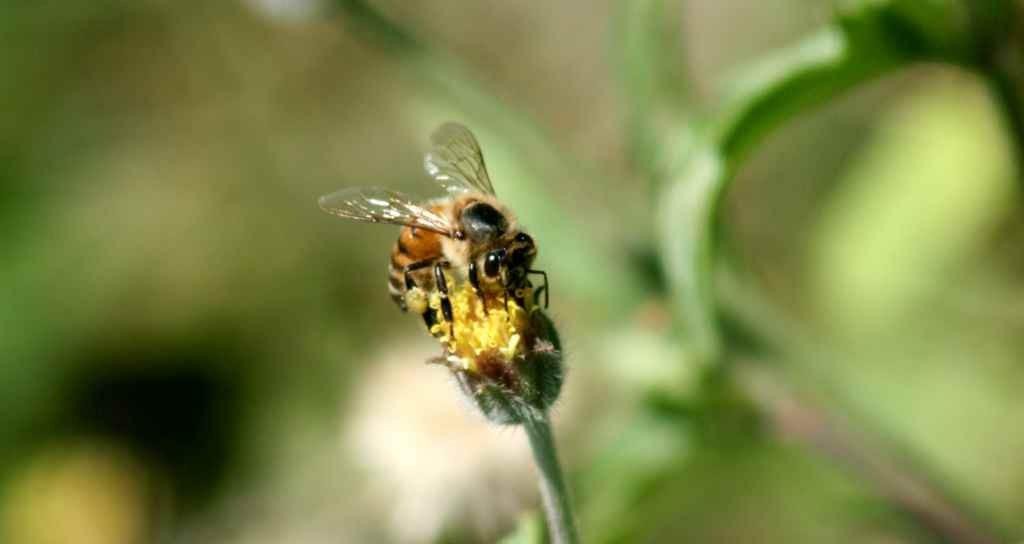
There are documented benefits of honey, from traditional natural medicine and newer medical experts.
– Healthy sweetener – 69% glucose and fructose, better than refined white sugar
– Weight loss – more calories than sugar but with warm water, helps digestion of fats
– Boosts energy – 64 calories per tablespoon, carbs are converted into glucose
– Improves athletic performance – ergogenic aid to maintain blood sugar levels, regulate insulin
– Rich in vitamins and minerals – dependent on the type of flowers, it can contain vitamin C, calcium and iron
– Antiseptic property – anti-bacterial and anti-fungal properties, natural antiseptic
– Antioxidant properties — nutraceuticals, remove free radicals, immunity improves
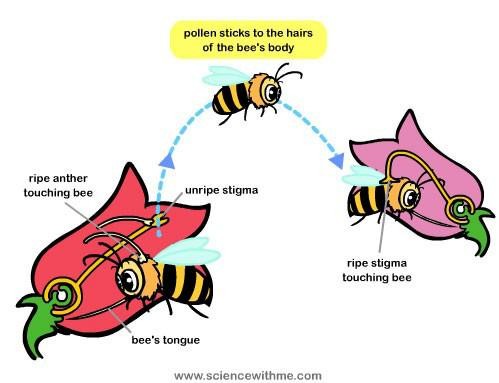
If you are a concerned honey lover, help the bees. Leave dandelions and clover in your yard. Keep pesticides out of your garden widespread spraying can kill butterflies, bees etc. Grow a variety of blooms giving bees a wonderful array of flowers. A local garden center can help. Some common flowers are lavender, rosemary, coreopsis and Russian sage are good.
If you’re truly inspired, become a backyard beekeeper. It isn’t easy and it won’t make you rich. But, you will become a vital part of the food system. You work to avoid colony collapse dis-order. One thing is you will know that your honey is from happy bees.
Download the full edition or view it online
—
Terry is a founding partner and scuba instructor for Aquatic Sports and Adventures (Deportes y Aventuras Acuáticas) in Manzanillo. A PADI (Professional Association of Dive Instructors) Master Instructor in his 36th year as a PADI Professional. He also holds 15 Specialty Instructor Course ratings. Terry held a US Coast Guard 50-Ton Masters (Captain’s) License. In his past corporate life, he worked in computers from 1973 to 2005 from a computer operator to a project manager for companies including GE Capital Fleet Services and Target. From 2005 to 2008, he developed and oversaw delivery of training to Target’s Loss Prevention (Asset Protection) employees on the West Coast, USA. He led a network of 80+ instructors, evaluated training, performed needs assessments and gathered feedback on the delivery of training, conducted training in Crisis Leadership and Non-Violent Crisis Intervention to Target executives. Independently, he has taught hundreds of hours of skills-based training in American Red Cross CPR, First Aid, SCUBA and sailing and managed a staff of Project Managers at LogicBay in the production of multi-media training and web sites in a fast-paced environment of artists, instructional designers, writers and developers, creating a variety of interactive training and support products for Fortune 1000 companies.


